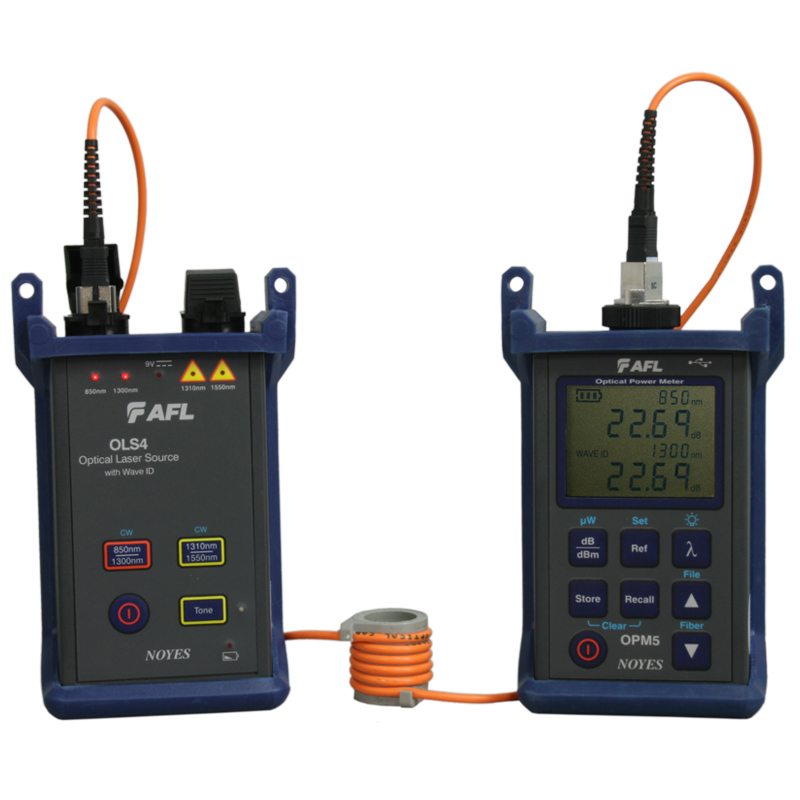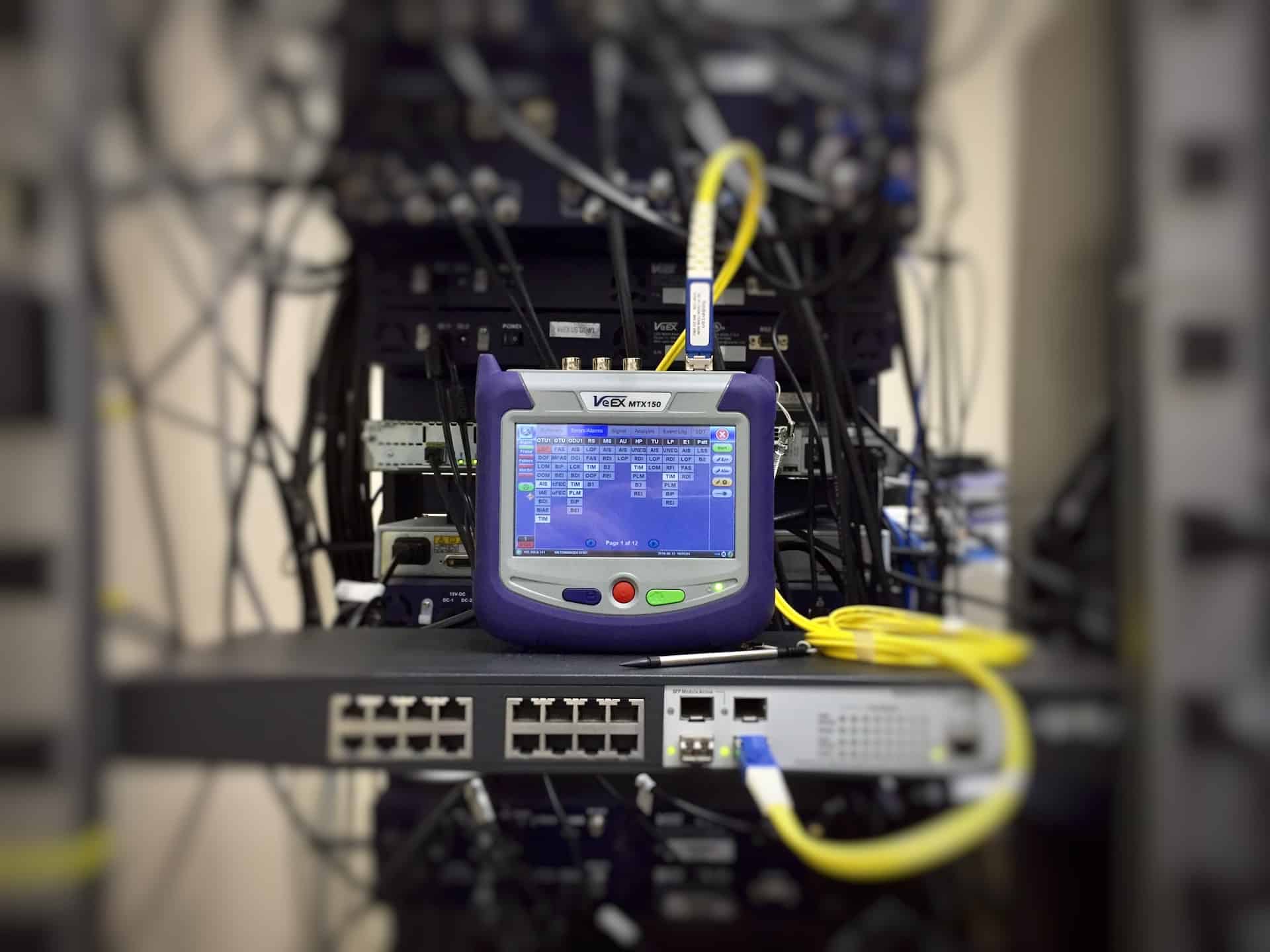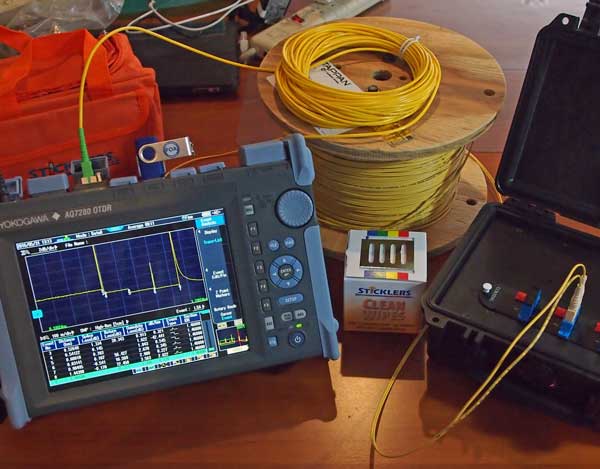Explore the latest advancements in ofda technology for precise fibre analysis.
Explore the latest advancements in ofda technology for precise fibre analysis.
Blog Article
Unveiling the Key Use Optical Fiber Checking for Efficient Data Transmission
In the realm of modern-day interaction, optical fibre testing arises as an important practice for optimizing information transmission. Recognizing the complex applications of optical fiber screening invites a deeper expedition into its critical role in forming the future of information interaction.

Importance of Optical Fibre Screening
The value of optical fibre testing can not be overemphasized, as it works as an important part in making sure the dependability and performance of information transmission systems. In a period where high-speed communication is paramount, any kind of deficiencies in fiber optics can result in substantial data loss and reduced efficiency. Consequently, extensive testing procedures are important to confirm the stability and efficiency of optical cable televisions.
Examining allows for the identification of flaws such as micro-bends, macrobends, and splice losses that might prevent signal quality. It offers understandings right into the general depletion and data transfer capacities of the fiber, ensuring that the network satisfies particular functional requirements. Regular testing not only improves system performance but additionally prolongs the life-span of the facilities by identifying potential problems prior to they escalate right into costly failures.

Kinds of Optical Fibre Examinations
Various kinds of optical fibre examinations are conducted to ensure the efficiency and reliability of fiber optic networks. These tests can be categorized right into several vital types, each offering a particular objective in evaluating the integrity of the fibre.
First, Optical Time Domain Name Reflectometry (OTDR) is a prominent examination that identifies faults, interlaces, and connectors within the fibre. By sending out pulses of light and analyzing the reflected signals, professionals can pinpoint problems along the fiber's size.
Second, insertion loss tests examine the quantity of signal loss when light passes through ports or splices, which is essential for keeping network efficiency.
Third, return loss examinations measure the amount of light showed back in the direction of the resource, providing insights into the top quality of connections and potential sources of disturbance.
In addition, connection examinations ensure that the fibre path is complete, enabling service technicians to confirm that the fibre is intact with no breaks. optical fibre diameter analyser.
Last but not least, visual fault locators use visible light to identify breaks or severe bends in the fibre, assisting in fast troubleshooting. Jointly, these tests create a comprehensive strategy to maintaining optimal efficiency in fiber optic networks.

Applications in Network Maintenance
In modern-day telecoms, effective network maintenance depends greatly on optical fibre screening to recognize and rectify concerns immediately. Normal screening ensures that the network operates at optimal performance degrees, decreasing downtime and improving individual experience.
Among the key applications of optical fiber testing in upkeep is the detection of mistakes, such as breaks, flexes, or incorrect links. Strategies like Optical Time Domain Reflectometry (OTDR) allow specialists to situate these issues properly and evaluate the high quality of the fiber web link. Additionally, loss testing validates the integrity of the optical course, making certain that signal attenuation remains within appropriate restrictions.
Regular upkeep testing likewise assists in safety nets, determining possible troubles prior to they rise right into considerable failures. This positive approach can conserve organizations both time and funds. Additionally, during upgrades or growths, optical fibre testing makes sure that brand-new installations incorporate seamlessly with existing facilities.
Enhancing Data Transmission Integrity
Efficient network upkeep via optical fibre screening not only addresses instant issues but also plays a substantial function in enhancing information transmission reliability. By recognizing faults, gauging signal loss, and evaluating the total problem of fibre optic cables, screening ensures that potential troubles are remedied prior to they escalate into substantial interruptions.
Normal optical fiber testing, such as time-domain reflectometry (TDR) and optical time-domain reflectometry (OTDR), permits service technicians to determine the exact locations of breaks, bends, or port problems within the network. This aggressive method not only minimizes downtime however additionally optimizes the performance of data transmission by making certain that the pathways for signals are clear and functioning effectively.
Moreover, testing help in validating adherence to industry criteria and specs, which is critical for preserving the integrity of data flow. By ensuring that each connection satisfies needed limits for loss and high quality, companies can boost their self-confidence in the reliability of their information networks.
Ultimately, spending in comprehensive optical fibre testing not only improves information transmission reliability but additionally sustains the long-lasting functional efficiency of interaction infrastructures.
Future Fads in Fiber Screening
Arising innovations are positioned to revolutionize fibre screening, leading the way for enhanced performance and accuracy in information transmission diagnostics (robotic vision). As the need for faster web and greater transmission capacity continues to rise, the integration of sophisticated tools such as expert system (AI) and equipment learning (ML) is readied to transform conventional fiber screening methods. These innovations will make it possible for anticipating upkeep and automated mistake discovery, considerably reducing downtime and improving network reliability
In addition, the adoption of Web of pop over to this web-site Things (IoT) tools will certainly useful content assist in real-time monitoring of fibre networks, allowing for instant identification of efficiency concerns. This shift towards positive monitoring will decrease disturbances and maximize data flow.
In addition, advancements in optical time-domain reflectometry (OTDR) and brand-new screening requirements will boost the precision of dimensions, making sure that data stability is preserved throughout the transmission procedure. The advent of 5G technology also demands the advancement of more innovative fiber testing methods to sustain its high-speed needs.
Verdict
Finally, optical fibre testing is crucial for maintaining effective data transmission within communication networks. By utilizing numerous screening strategies, such as OTDR and insertion loss tests, prospective faults can be identified and corrected, thereby enhancing signal important link clearness and reducing downtime. Normal screening not just makes certain compliance with market standards but also facilitates proactive upkeep, eventually contributing to the long-lasting dependability and performance of fiber optic systems. The continued evolution of screening methodologies will certainly even more bolster these capabilities in the future.
Report this page